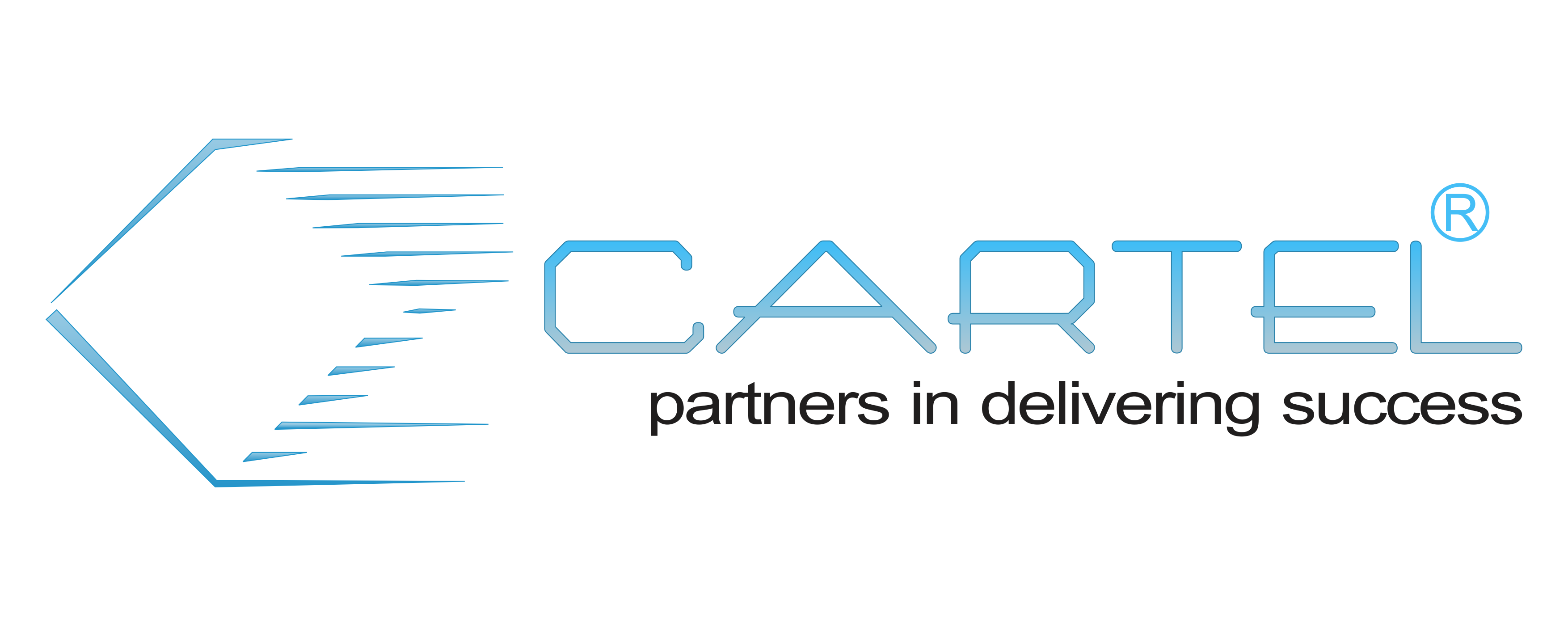Course 20342B Advanced Solutions of Microsoft Exchange Server 2013
Course Details
Module 1: Designing and Implementing Site Resilience
This module explains how to design and implement site resilience for Exchange Server 2013.
Lessons
– Site Resilience and High Availability in Exchange Server 2013
– Planning a Site Resilient Implementation
– Implementing Site Resilience
Lab : Designing and Implementing Site Resiliency
After completing this module, students will be able to design and implement site resilience for Exchange Server 2013.
Module 2: Planning Virtualization for Microsoft Exchange Server 2013
This module explains how to plan a virtualization strategy for Exchange Server 2013 roles.Lessons
– Planning a Hyper-V Deployment to Exchange Server 2013
– Virtualizing Exchange Server 2013 Server Roles
Lab : Planning the Virtualization of Exchange Server Roles
After completing this module, students will be able to plan a virtualization strategy for Exchange Server 2013 roles.
Module 3: Overview of Exchange Server 2013 Unified Messaging
This module explains the basic concept of Unified Messaging in Exchange Server 2013.
Lessons
– Overview of Telephony Technologies
– Unified Messaging in Exchange Server 2013
– Unified Messaging Components
Lab : Unified Messaging Overview
After completing this module, students will be able to explain the basic concept of Unified Messaging in Exchange Server 2013.
Module 4: Designing and Implementing Exchange Server 2013 Unified Messaging
This module explains how to design and implement Exchange Server 2013 Unified Messaging.
Lessons
– Designing a Unified Messaging Deployment
– Deploying and Configuring Unified Messaging Components
– Designing and Implementing Exchange Server 2013 UM Integration with Lync Server 2013
Lab : Designing and Implementing Exchange Server 2013 Unified Messaging
After completing this module, students will be able to design and implement Exchange Server 2013 Unified Messaging.
Module 5: Designing and Implementing Message Transport Security
This module explains how to design and implement message transport security.
Lessons
– Overview of Messaging Policy and Compliance Requirements
– Designing and Implementing Transport Compliance
– Designing and Implementing Active Directory Rights Management Services (AD RMS) Integration with Exchange Server 2013
Lab : Designing and Implementing Message Transport Security
After completing this module, students will be able to design and implement message transport security.
Module 6: Designing and Implementing Message Retention
This module explains how to design and implement message retention in Exchange Server 2013.
Lessons
– Overview of Messaging Records Management and Archiving
– Designing In-Place Archiving
– Designing and Implementing Message Retention
Lab : Designing and Implementing Message Retention
After completing this module, students will be able to design and implement message retention in Exchange Server 2013.
Module 7: Designing and Implementing Messaging Compliance
This module explains how to design and implement messaging compliance.
Lessons
– Designing and Implementing Data Loss Prevention
– Designing and Implementing In-Place Hold
– Designing and Implementing In-Place eDiscovery
Lab : Designing and Implementing Messaging Compliance
After completing this module, students will be able to design and implement messaging compliance.
Module 8: Designing and Implementing Administrative Security and Auditing
This module explains how to design and implement administrative security in an Exchange Server 2013 environment.
Lessons
– Designing and Implementing Role-Based Access Control (RBAC)
– Designing and Implementing Split Permissions
– Planning and Implementing Audit Logging
Lab : Designing and Implementing Administrative Security and Auditing
After completing this module, students will be able to design and implement administrative security in an Exchange Server 2013 environment.
Module 9: Managing Exchange Server 2013 with Exchange Management Shell
This module explains how to use Windows PowerShell 3.0 to manage Exchange Server 2013.
Lessons
– Overview of Windows PowerShell 3.0
– Managing Exchange Server Recipients by Using the Exchange Management Shell
– Using Windows PowerShell to Manage Exchange Server
Lab : Managing Microsoft Exchange Server 2013 by Using Exchange Management Shell
After completing this module, students will be able to use Windows PowerShell 3.0 to manage Exchange Server 2013.
Module 10: Designing and Implementing Integration with Microsoft Exchange Online
This module explains how to design and implement integration with Exchange Online.
Lessons
– Planning for Exchange Online
– Planning and Implementing the Migration to Exchange Online
– Planning to Coexist with Exchange Online
Lab : Designing Integration with Exchange Online
After completing this module, students will be able to design and implement integration with Exchange Online.
Module 11: Designing and Implementing Messaging Coexistence
This module explains how to design and implement messaging coexistence.
Lessons
– Designing and Implementing Federation
– Designing Coexistence Between Exchange Server Organizations
– Designing and Implementing Cross-Forest Mailbox Moves
Lab : Implementing Messaging Coexistence
After completing this module, students will be able to design and implement messaging coexistence.
Module 12: Designing and Implementing Exchange Server Upgrades
This module explains how to design and implement upgrades from previous Exchange Server versions.
Lessons
– Planning the Upgrade from Previous Exchange Server Versions
– Implementing the Upgrade from Previous Exchange Versions
Lab : Upgrading from Exchange Server 2010 to Exchange Server 2013
After completing this module, students will be able to design and implement upgrades from previous Exchange Server versions.
